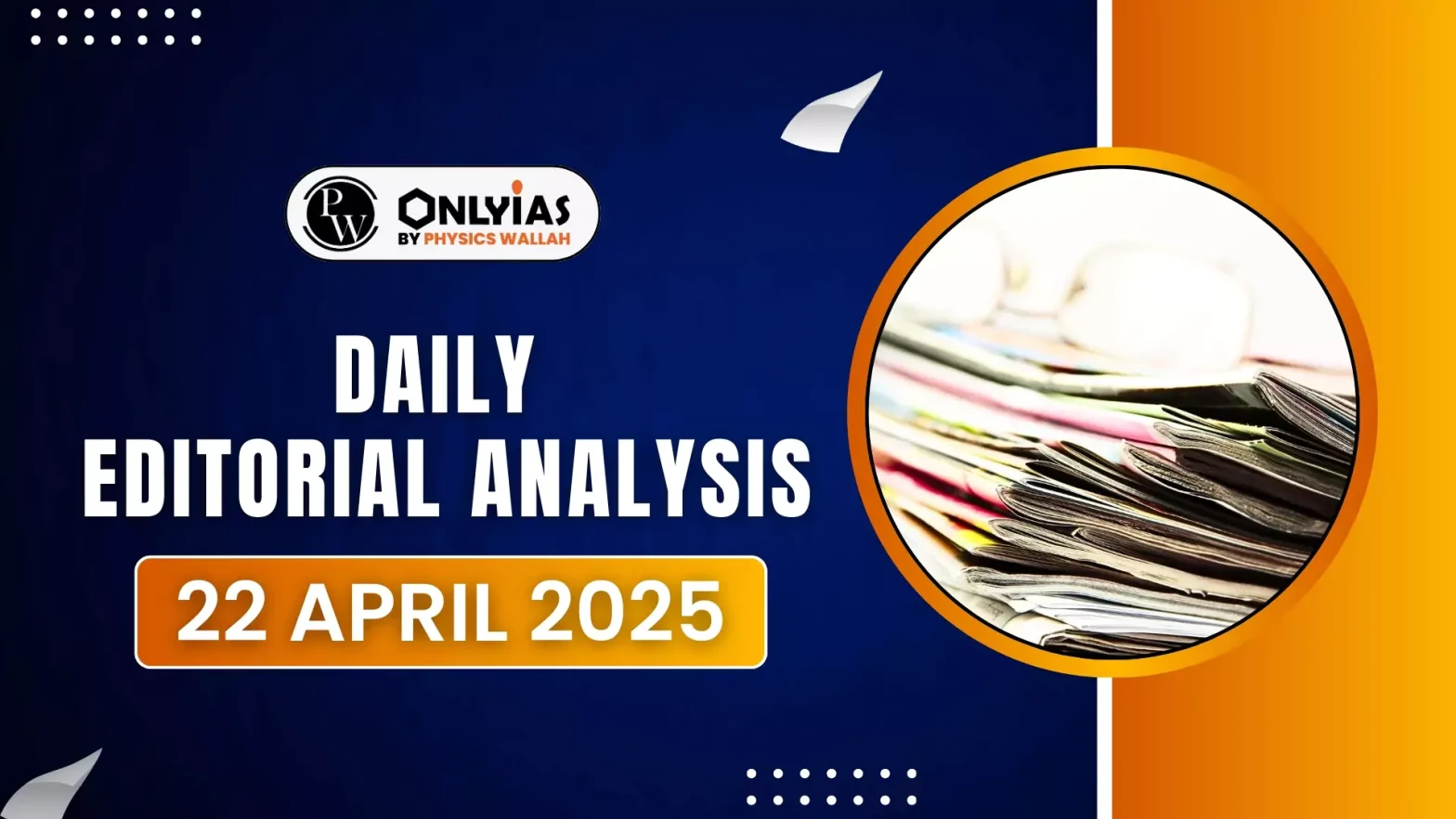As India and China commemorate 75 years of diplomatic relations, the moment signifies more than a ceremonial event; it marks a critical juncture in both Asian and global geopolitics.
India China Relations
- Present Relations : From early visions of Asian solidarity, the bilateral relationship has shifted into a high-stakes balancing act marked by strategic rivalry, border tensions, and deep-seated mistrust, yet punctuated by economic interdependence and shared regional responsibilities.
- Strategic Centrality: China has emerged as the single most influential external factor shaping India’s foreign policy.
- Impact on decisions: Every major Indian decision from border security to trade policy and military cooperation is now filtered through a “China lens”.
- Balancing Act for India: India must navigate a complex balance between deterrence and dialogue, asserting its sovereignty while embracing economic interdependence, and managing strategic competition through a framework of calibrated coexistence.
Challenges associated with India-China relations
- 1962 War: A historical scar, defining a long legacy of mistrust.
- Galwan Valley Clash (2020): Reignited tensions and led to a strategic re-evaluation of India’s China policy.
- Militarisation at the LAC: Over 60,000 Indian troops now permanently stationed in Eastern Ladakh. Both countries continue to strengthen border infrastructure. The Line of Actual Control (LAC) remains a flashpoint prone to miscalculation.
- Trade Imbalance: India’s trade deficit with China reached $100 billion (2024–25). Despite curbs on Chinese apps and FDI restrictions, Beijing remains a top trading partner.
- Sectoral Dependence: India relies heavily on China for components in pharmaceuticals and electronics. A complete decoupling is neither practical nor strategically desirable in the short term.
- China’s Expansion: China is steadily increasing its regional influence through strategic investments and infrastructure projects such as the Hambantota Port in Sri Lanka
- The Pokhara International Airport in Nepal, and large-scale infrastructure loans to the Maldives, raising concerns about debt dependency and geostrategic leverage in India’s immediate neighbourhood.
- Controversial Remarks: Bangladesh’s interim leader, Mohammad Yunus, referred to India’s northeast as “landlocked” — a geographically accurate but diplomatically sensitive statement made in Beijing.
- Strategic Framing: Such comments echo China’s narrative and highlight vulnerabilities in India’s regional engagement strategy.
- Ecological Security: The construction of China’s dam on the Yarlung Tsangpo (Brahmaputra) River, near Arunachal Pradesh, raises serious concerns regarding ecological security and the potential weaponisation of water.
- Absence of Water-Sharing Treaty: India lacks a water-sharing treaty with China, and the transparency in China’s river management remains insufficient.
- New Dimensions: The potential for mismanagement or deliberate manipulation of water flows adds a new layer of complexity to India-China relations, where issues of sovereignty, environmental security, and mistrust intersect, creating a volatile dynamic.
Strategies adopted by India to counter China
- Competitive Coexistence: India has adopted a model of “competitive coexistence” Compete in areas like defence, connectivity, and regional leadership and cooperate on multilateral forums where interests align.
- Strategic Duality: India’s global engagements reflect a strategic duality—through BRICS and the SCO, it engages with China as an equal in multilateral forums, while through the Quad, it partners with like-minded democracies to uphold a free, open, and rules-based Indo-Pacific.
- Proactive Regional Strategy: India is countering regional challenges with a proactive strategy that includes development aid to strengthen partnerships, defence diplomacy to enhance security cooperation, and connectivity and crisis-response leadership to reinforce its role as a reliable regional anchor.
- Strategic Shift: India must move from reactive diplomacy to long-term engagement that builds trust and public goodwill.
- India’s Imperative: To assert its leadership and safeguard regional interests, India must close infrastructure gaps, strengthen regional partnerships, and promote a counter-narrative of reliability and responsiveness positioning itself as a trusted and capable partner in South Asia and beyond.
Strategic Realignments
- Unilateralism and U.S.-China Rivalry: With Donald Trump’s return to the U.S. presidency, there has been a noticeable resurgence in unilateralism, coupled with a weakened multilateral framework and an intensification of U.S.-China rivalry.
- Pressure on India: As tensions between the U.S. and China escalate, India may face increased pressure to align with Washington in matters such as defence cooperation and Indo-Pacific security.
- Strategic Autonomy: Despite these pressures, India’s strategic autonomy remains paramount. India must navigate the complex task of deepening ties with the U.S.
- While managing its relationship with China carefully, ensuring it does not overcommit to one side at the expense of the other.
- Subtle Recalibration: In March 2025, Prime Minister Narendra Modi signalled a strategic shift during his remarks on the Lex Fridman podcast.
-
- By invoking ancient India-China synergy and advocating for dialogue, Modi articulated a vision of “healthy competition” and mutual growth.
- Strategic Storytelling: This statement can be interpreted as a message to China of India’s willingness to engage. To Washington, it reflects India’s independent judgment in foreign affairs. Domestically, it serves as a reassurance of steady leadership and careful diplomacy.
China’s Steps Toward De-escalation
- Diplomatic Alignment: China’s response was cautiously positive. Foreign Ministry spokesperson Mao Ning and Chinese state media welcomed Modi’s pragmatic approach, signaling a rare moment of diplomatic alignment between the two nations.
- Patrolling Resumption: In January 2025, both countries resumed verification patrolling along the Line of Actual Control (LAC), a significant sign of steps toward de-escalation.
- Hydrological Cooperation: China has agreed to hold a meeting under the Expert Level Mechanism to discuss hydrological data-sharing related to rivers.
- Kailash Yatra: Efforts to reopen the Kailash Mansarovar Yatra and restart direct flights have also been discussed, further symbolizing a thaw in relations.
- Symbolic measures: These measures, though symbolic, indicate that both India and China are cautiously exploring avenues for limited rapprochement, but without expecting a full-fledged resolution of long-standing issues.
Conclusion
India–China relations at 75 are defined by a unique blend of conflict and cooperation, distrust and dialogue. While military preparedness and strategic autonomy remain critical, India must also lead with economic strategy, regional empathy, and narrative strength to shape a secure and inclusive Asian order.
![]() 22 Apr 2025
22 Apr 2025

